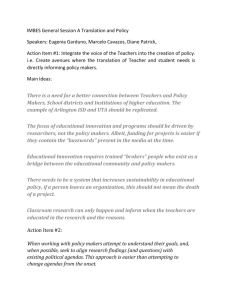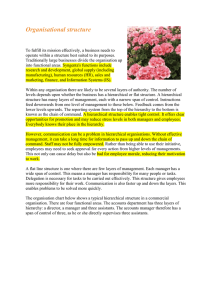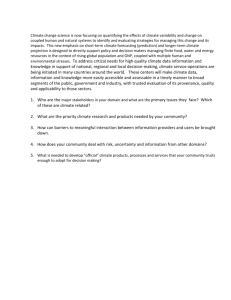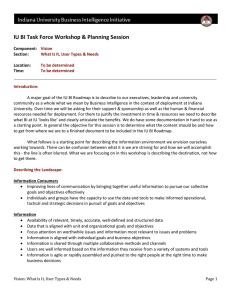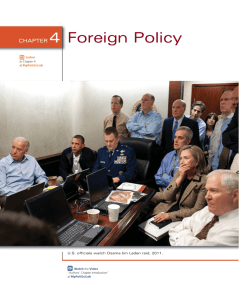How do managerial decision structures adapt? A
advertisement
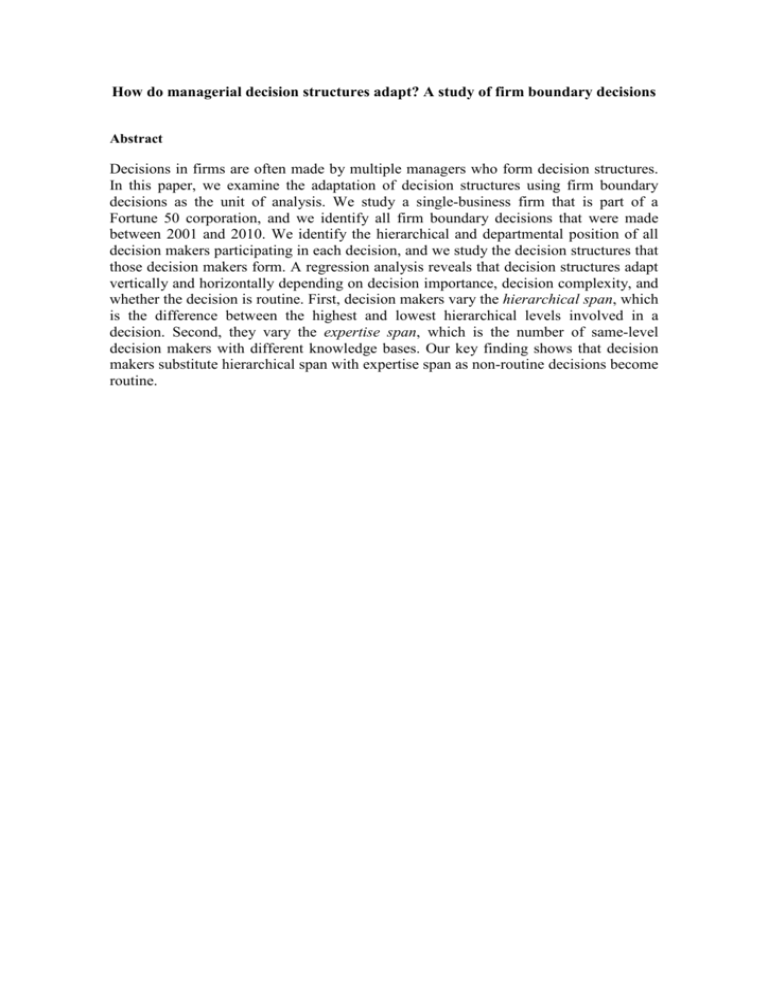
How do managerial decision structures adapt? A study of firm boundary decisions Abstract Decisions in firms are often made by multiple managers who form decision structures. In this paper, we examine the adaptation of decision structures using firm boundary decisions as the unit of analysis. We study a single-business firm that is part of a Fortune 50 corporation, and we identify all firm boundary decisions that were made between 2001 and 2010. We identify the hierarchical and departmental position of all decision makers participating in each decision, and we study the decision structures that those decision makers form. A regression analysis reveals that decision structures adapt vertically and horizontally depending on decision importance, decision complexity, and whether the decision is routine. First, decision makers vary the hierarchical span, which is the difference between the highest and lowest hierarchical levels involved in a decision. Second, they vary the expertise span, which is the number of same-level decision makers with different knowledge bases. Our key finding shows that decision makers substitute hierarchical span with expertise span as non-routine decisions become routine.
